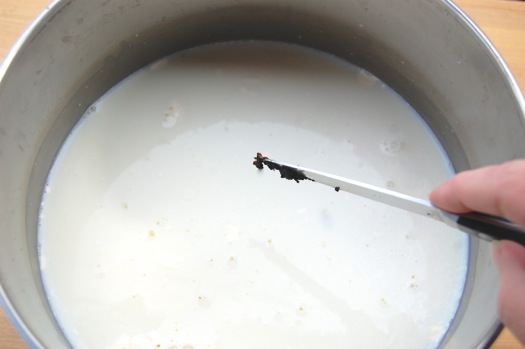Butter Pats and Battleships

Reader Devin wants to know why you mix a little bit of flour into the butter pat when you’re making laminated dough. What purpose does it serve? For the answer to that, Devin, we’re going to journey back to World War II and the allied war effort.
The year was 1942. The British were fighting the good fight against the Axis powers, but still losing too many ships in the English Channel and too many American supply convoys in the Atlantic. What was needed was air cover. The problem was that the fighters and torpedo planes of the day couldn’t fly very far on the fuel they carried, which meant they could only go so far out to sea before they were forced to turn back and head for home. That left the merchant marines at the mercy of U-boat wolf packs for most of their journey across the Atlantic. The obvious solution: aircraft carriers. They’d be able to sit out in the ocean and refuel planes as they crossed the pond from east to west and back again. The fly in the ointment was that aircraft carriers were (are) made of steel, and steel was in very short supply just then.
READ ON
